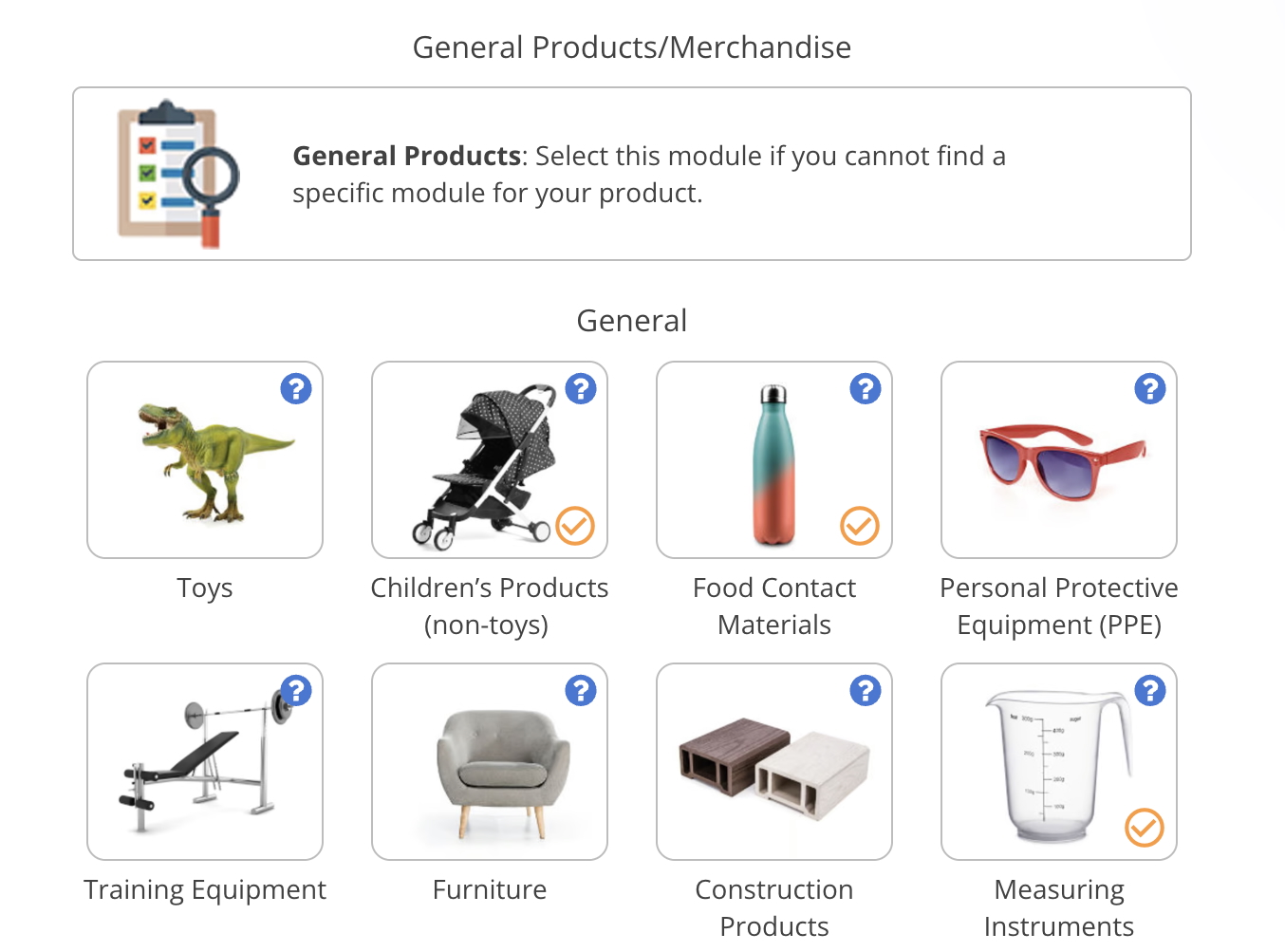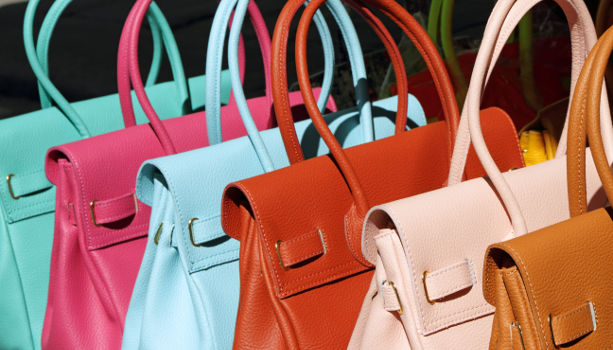
Bags manufactured or imported for sale in the United States are subject to various regulations covering chemicals, labeling, testing, and other requirements.
In this guide, we take a closer look at various US regulations applicable to children’s bags, leather bags, and other types of bags.
Content Overview

FREE CONSULTATION CALL (30 MIN)
 Ask questions about compliance requirements
Ask questions about compliance requirements Countries/markets:
Countries/markets:
 Learn how we can help your business
Learn how we can help your business
You will speak with:Ivan Malloci or John Vinod Khiatani
16 CFR Part 303 – Rules and Regulations Under the Textile Fiber Products Identification Act
16 CFR Part 303 sets labeling requirements for textile products in general. However, according to the Textile Products Identification Act, textile fiber products incorporated in handbags are exempted from the requirements. Having said that, we could not find exemptions for other types of bags.
16 CFR Part 303 generally mandates that you:
a. Ensure your textile products include a label containing the required information (e.g., fiber content)
b. Comply with the Act’s requirements regarding advertising textile fiber products
c. Comply with documentation requirements regarding maintaining records, invoicing, and the optional guaranty
Labeling requirements
The regulation requires you to ensure your textile products adhere to the labeling requirements. You should:
a. Provide the product’s fiber content, such as:
- 76% cotton
- 23% polyester
- 1% spandex
b. Provide your company name or registered identification number
c. Indicate the textile product’s country of origin (e.g., “Made in Vietnam”)
d. Securely affix the label to the product, its package, or container
e. Ensure the label is conspicuous and durable to remain attached until it reaches the final consumer
Wool products (16 CFR Part 300)
16 CFR Part 300 sets rules for labeling wool, and manufacturers of wool products need to comply with those rules under the Wool Products Labeling Act.
Note that while the regulation does not explicitly mention covering bags in its scope, it does apply to wool products. As such, the rules and requirements within this regulation may apply to bags made of wool.
You generally should ensure that the label:
a. Contains the required information:
- Fiber content (e.g., 100% Wool)
- Company name or registered identification number)
- Country of origin
b. Adheres to advertising requirements (e.g., indicating the origin country of processed wool)
c. Does not contain deceptive claims about the product’s wool constituents
d. Is securely affixed to the product, package, or container, and remains attached until it reaches the consumer.
Fur products (16 CFR Part 301)
16 CFR Part 301 mandates that fur product manufacturers comply with the labeling rules and regulations under the Fur Products Labeling Act. This regulation also does not specify that it covers bags in its scope. However, it does cover fur products; as such, if your bag is made of fur, it may be subject to the rules and requirements of this regulation.
a. Provide the relevant information on the label
- The proper animal name specified in 16 CFR Part 301.0
- Your company name or registered identification number
- Country of origin
b. Comply with the Act’s advertising rules and requirements
c. Avoid providing misleading claims on the label
16 CFR Part 24 – Guides for Select Leather and Imitation Leather Products
16 CFR Part 24 sets labeling requirements for certain leather and imitation leather products. The regulation’s requirements apply to many different products, including leather bags such as:
- Traveling bags
- Gadget bags
- Camera bags
- Ladies’ handbags
- Shoulder bags
According to this regulation, deception occurs when you unfairly misrepresent the material aspect of a product. For example, you deceive consumers if you:
a. Falsely claim that the material used to manufacture a camera bag came from a certain country when it originated in another country, or
b. Make a false claim about the price of a shoulder bag
The regulation also indicates it is deceptive to misrepresent the composition of the product or part thereof. For example, you cannot falsely claim that your bag is “leather” unless it is composed entirely of leather.
Additionally, you cannot misuse:
a. The term “waterproof”, unless the product prevents water from contacting its contents
b. The term “dustproof”, unless dust cannot enter the product, if it is closed
c. The term “warpproof”, unless the product cannot warp
d. The terms “scuffproof” or “scratchproof”, unless the product is immune to scratches or scuffs
e. The terms “scuff resistant” or “scratch resistant”, unless the product resists being scuffed or scratched
Consumer Product Safety Improvement Act (CPSIA)
The Consumer Product Safety Improvement Act (CPSIA) sets safety requirements for children’s products designed and manufactured for children aged 12 and younger. Children’s products include bags, such as school bags and backpacks.
General requirements
The CPSIA generally mandates that you:
a. Arrange testing with a CPSC-accepted third-party lab.
b. Comply with safety requirements, such as:
- Substance restrictions (e.g., lead, phthalates)
- Small part bans and warnings
- Flammability
c. Create a Children’s Product Certificate (CPC), containing:
- Product name and description
- List of required and applied CPSC and ASTM standards
- Importer or domestic manufacturer information
- Test report holder’s contact information
- Date and location of manufacture
- Date and location of testing
- Third-party CPSC-accepted test company identification
d. Carry a tracking label, containing:
- Name of importer, manufacturer, or private labeler
- Manufacture date and location
- Product information (e.g. batch number)
- Manufacturer contact information (e.g., address)
Children’s bag standards
We could not find any standard specific to children’s bags. That said, we did find brands on Amazon claiming that their bags comply with ASTM F963. While this standard applies to toys, it is possible that some brands use ASTM F963 elements covering the following aspects:
- Mechanical safety (sharp points, small parts, etc)
- Stability and weight (when factoring in the carry capacity of a child)
- Flammability
- Substance restrictions
ASTM standards
Here is a list of ASTM standards relevant to bags and materials used to manufacture bags. Note that other standards may exist.
ASTM F2153 – Standard Test Method for Measurement of Backpack Capacity
ASTM D5552 – Standard Test Method for Resistance of Colored Leather to Bleeding
ASTM D3885 – Standard Test Method for Abrasion Resistance of Textile Fabrics (Flexing and Abrasion Method)
Additional Information
This section lists some additional requirements that may be relevant to bags.
| Regulation | Description |
| The Toxic Substances Control Act (TSCA) | The Toxic Substances Control Act (TSCA) sets restrictions on the use of certain substances in consumer products, such as bags.
Here are some examples of substances that are restricted by the TSCA and may be found in textile or plastic materials:
|
| 19 CFR Part 134 – Country of Origin Marking | 19 CFR Part 134 requires you to affix a country of origin label to products or packaging imported or manufactured in the United States.
For example, a bag with parts made in China but assembled in Vietnam could, in some cases, read: “Assembled in Vietnam from components of China”. |
| California Proposition 65 | California Proposition 65 sets restrictions on certain substances used in consumer products. Bags may contain restricted substances, such as:
|
Recommended articles
- Toxic Substances Control Act (TSCA) Certification: A Complete Guide
- Country of Origin Requirements in the United States: An Overview
- California Proposition 65 Guide for US Importers & Amazon Sellers
Bag testing companies
This section lists some companies that claim to provide testing for bags:
- Intertek
- SGS
- TÜV Rheinland
- Bureau Veritas
- Eurofins
Recalls and compliance risks
If you do not comply with the requirements in the regulations or standards, your products may pose risks and be unsafe for use. Such products are subject to recalls. For example, bags containing small parts may present the risk of choking.
Plush bag
This children’s product was recalled for posing “serious injury or death” from choking and ingestion hazards due to the possible detachment of the zipper pull on the back of the plush bag.
Children’s handbag
This children’s product was recalled due to metal components containing lead levels exceeding the federal lead content ban. Lead is toxic, and if children ingest it, they can suffer from adverse health issues.
Children’s shaving kit bag
This children’s product was recalled for containing a regulated phthalate in levels exceeding the limit for phthalates. Phthalates are toxic and can harm children’s health if ingested.

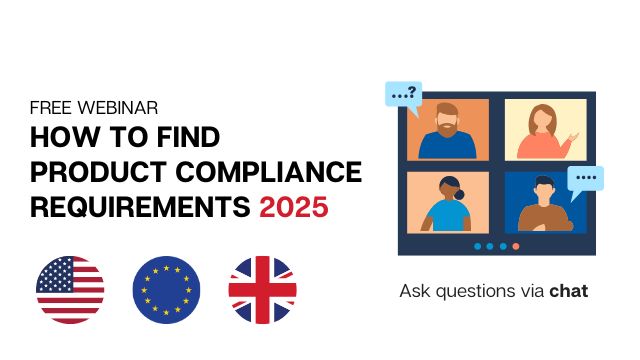
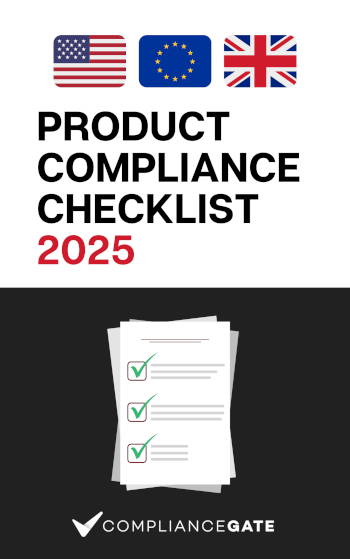




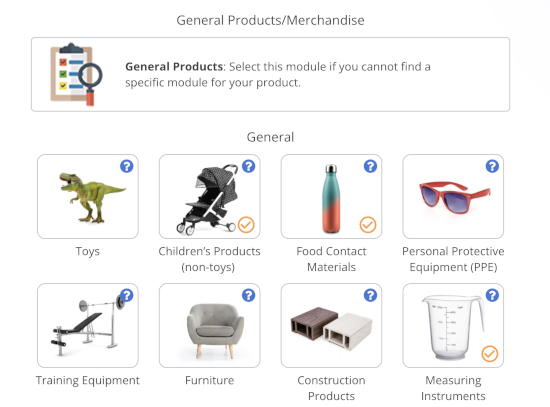






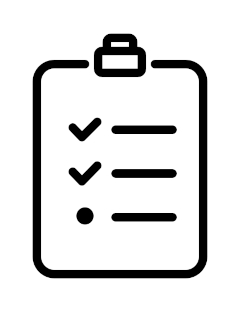


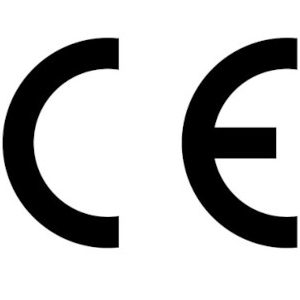




.png)
.png)
.png)
